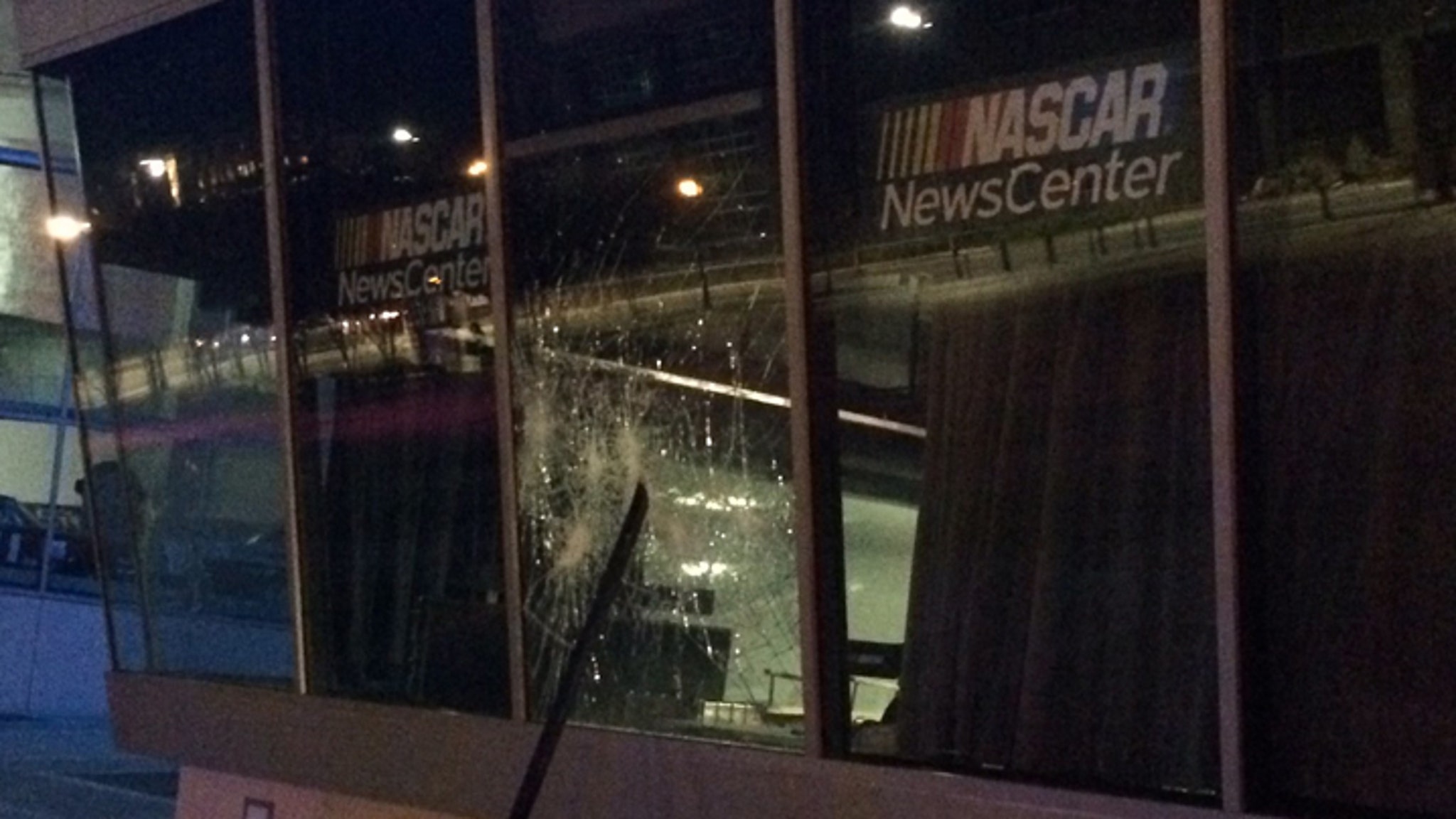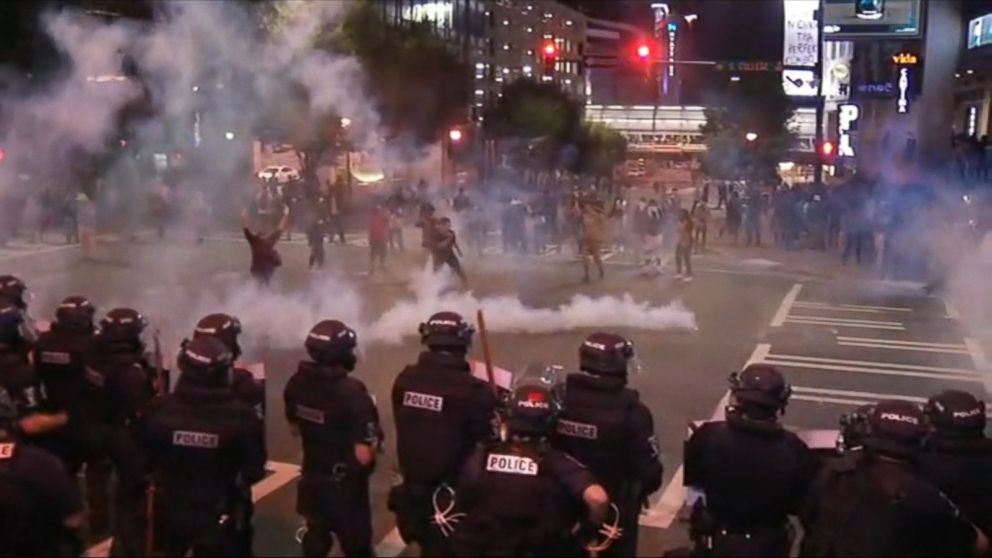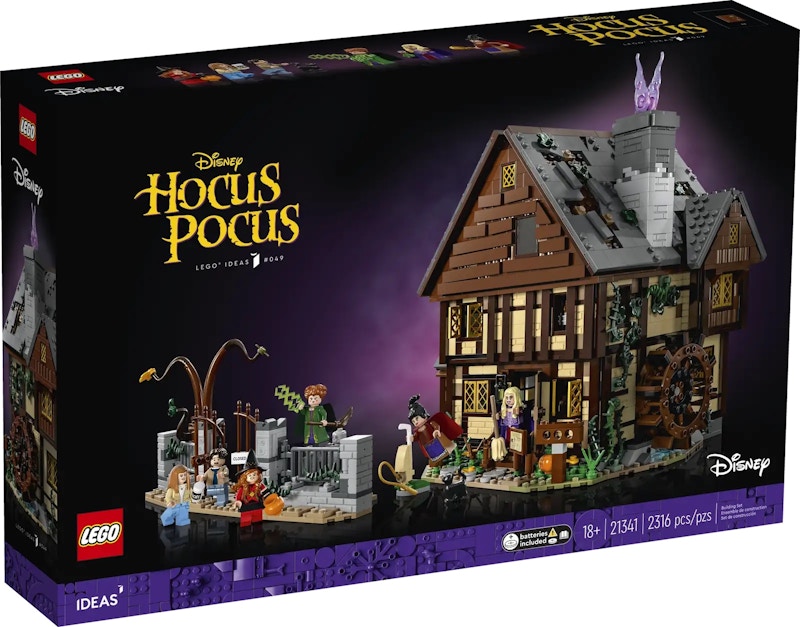Table Of Content
- Police Attacks on Protesters With “Less Than Lethal” Weapons Result in Life-Threatening Injuries
- Suspect ID'd after 4 law-enforcement officers gunned down in Charlotte, N.C., day before
- Racial violence is part of the American fabric
- Charlotte protesters take to the streets after grand jury decision in Breonna Taylor case
- More from CBS News
- Scenes and Voices From the Protests in Charlotte
- Property
- Before You Leave, Check This Out

Fox News Digital reached out to the department Sunday seeking the identities and more information about those eight arrested. CMPD officers physically detain a protester during a demonstration against police brutality in Charlotte, N.C., on June 2, 2020. Others in law enforcement questioned the logic of a practice that often results in the opposite effect of its stated purpose.
Police Attacks on Protesters With “Less Than Lethal” Weapons Result in Life-Threatening Injuries
One woman was additionally charged with inciting a riot and Injury to Personal Property and Assault on a Government Official. The pepper spray hit a few protesters, as well as a few officers, according to police. But the events of that night have left a deep wound in a city where Floyd’s killing has resurfaced long-simmering tensions between mostly Black residents and police. Less than two weeks after the incident, the North Carolina Bureau of Investigation issued a five-page review of the events based largely on police records and interviews with officers. An Intercept and SITU reconstruction of an incident in North Carolina last June shows police intentionally trapped and tear-gassed hundreds of peaceful protesters. “Demonstrators surrounded our officers who were attempting to leave scene,” the department said.
Suspect ID'd after 4 law-enforcement officers gunned down in Charlotte, N.C., day before
During the news briefing Saturday evening, CMPD said they were unaware beforehand that a protest had been planned nor were they in the loop about the event. A spokesperson said they had made contacts during the incident both with protesters and the group hosting the event and would be doing follow-up work. Officers said they were called to a business around noon because a group of people were blocking the entrance to it to try and prevent an event from happening. While the group of people putting on the event was eventually able to get in side, the protesting group remained outside for several hours. CMPD said some protesters threw things like sticks and bottles at officers as well.
Racial violence is part of the American fabric
People started throwing things at police line and CMPD launched tear gas before instructing people to leave immediately or be arrested. Police said eight arrests have been made in connection with this incident, and two guns were seized. The protest was deemed unlawful because it took place on private property and impacted traffic, according to police. One post illustrated how the Eritrean cultural event was being protested by a rival group, but more information was not immediately available. "The people attending the event that was being protested have ended their event and left the scene. Protesters remain on scene and still have not dispersed," CMPD wrote at the time.

Charlotte protesters take to the streets after grand jury decision in Breonna Taylor case
Eventually, CMPD was able to negotiate with both the group hosting the event and the protesters. The event group was able to leave and protesters eventually dispersed. Less than an hour later, the inbound lanes of Monroe Road had been reopened. Another protester kicked a police bike, and another threw an orange parking cone in the air towards officers. At one intersection, Gomez said, some of the protesters turned around and held their ground, and some pushed into police.
Soon, however, police began to take techniques intended to manage nonpolitical mass gatherings and applied them to protests. The first known instance of that dates back to 1986, when officers in Hamburg, Germany, surrounded more than 800 anti-nuclear protesters, trapping them in the streets for up to 13 hours. While German courts determined the subsequent arrests had been unlawful, police in Europe regularly resorted to the tactic through the following decades. On September 20, a black Charlotte-Mecklenburg police officer, Brentley Vinson, shot and killed a 43-year-old black man named Keith Lamont Scott.

Scenes and Voices From the Protests in Charlotte
Eight law officers were shot on Monday, four fatally, as a U.S. Marshals fugitive task force tried to serve a warrant in Charlotte, N.C., the police said, in one of the deadliest days for law enforcement in recent years. Individuals and groups of different beliefs and tactics participated in a demonstration against the rally. Many counter-protesters turned out despite the potential threat of violence. — Following a peaceful protest in Charlotte's First Ward park Wednesday over a Kentucky grand jury's decision to not charge a former Louisville police officer for the shooting death of Breonna Taylor, demonstrators began marching through uptown Charlotte. Two other slain law enforcement officers, identified as Sam Poloche and Alden Elliott, were from the North Carolina Department of Adult Correction assigned to the task force.
Terry McAuliffe declared a state of emergency and shut down the rally. "They lobbed all manner of things – rocks, soda cans filled with concrete and cement, water bottles filled with urine, tear gas and smoke grenades." The next day, they rallied around the Lee statue at the downtown park. Organizers targeted Charlottesville for the Unite the Right rally after the city voted to take down the Lee statue, part of the town's reckoning with a fraught racial history.
Before You Leave, Check This Out
Police said officers there used tear gas in an attempt to quell the unrest in The Hague as rioters torched police cars and a bus. "The officers were met with violence and hostility, with protesters throwing objects," the department said in its initial press release. "Over the course of several hours, the CEU gave multiple dispersal orders in English and Spanish and were again met with violence from protesters wielding sticks, rocks and other items." "Several protesters threw objects and pushed back against the officers. Officers then deployed pepper spray," the department confirmed.
Charlotte FBI, Bank of America dragged into congressional dispute over Capitol riot - Charlotte Observer
Charlotte FBI, Bank of America dragged into congressional dispute over Capitol riot.
Posted: Fri, 19 May 2023 07:00:00 GMT [source]
Under North Carolina law, second-degree murder is generally classified as a Class B1 felony, according to court records. When it’s determined that a defendant acted with “depraved-heart malice,” second-degree murder would then be classified as a Class B2 felony. After his conviction, Judge Gregory Hayes sentenced Borum to 276 to 344 months in prison – 23 to 28.6 years – for the Class B1 second-degree murder conviction and 14 to 26 months for the possession of a firearm by a felon conviction. The sentences were to be served consecutively and he was credited with just over two years of time served.
Crowds also set a tractor on fire in North Carolina's largest city, and police seized a total of two firearms over the course of several hours. This material may not be published, broadcast, rewritten, or redistributed. Quotes displayed in real-time or delayed by at least 15 minutes.
"Protesters then intentionally set fire to a nearby tractor trailer. The Charlotte Fire Department quickly extinguished the fire and contained the scene," police said. "Shortly before 9 p.m., officers assisted with allowing the cultural event attendees to leave the scene. Protesters remained on scene initially but dispersed a short time later." Isaiah McKinnon, a former Detroit police chief who was an officer during the 1967 riots, noted that police regularly exacerbate situations they are supposed to diffuse. “If you have a group of officers in one direction, and you have a group of officers behind them, where do the people go?
Monroe Road had to be shut down between McAlway Drive and Alliance Drive while police gave orders to disperse. Tens of thousands of people have fled Eritrea for Europe, many alleging they were mistreated by the repressive government of President Isaias Afwerki. The conflicts underscore deep divisions among members of the Eritrean diaspora between those who remain close to the government and those who have fled to live in exile and strongly oppose Afwerki. The charges for all eight suspects included impeding traffic and failure to disperse. It also won’t erase the experience of those trapped in that kettle last year. “What they did to us, I believe, is use illegal war tactics on their own citizens,” said McErlain, the photographer.

No comments:
Post a Comment